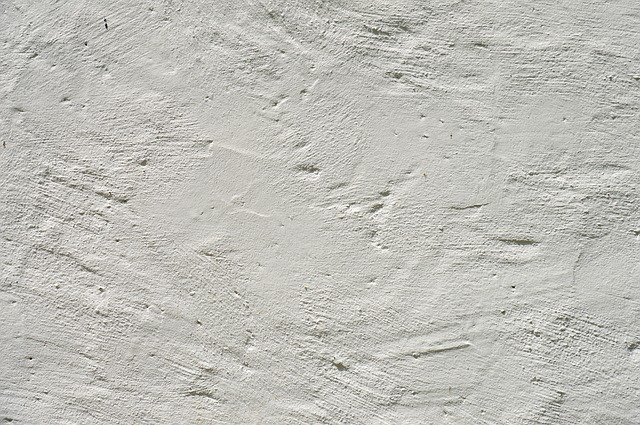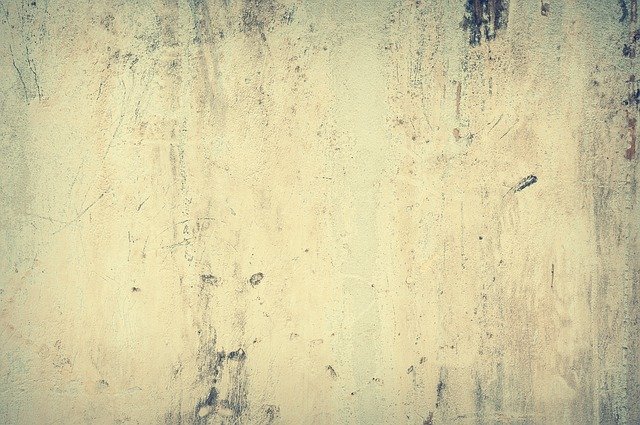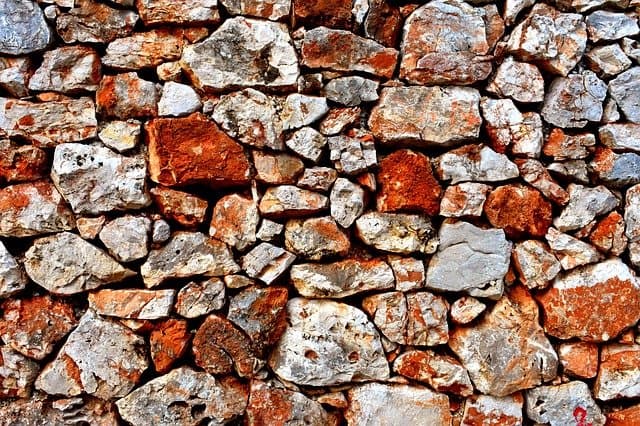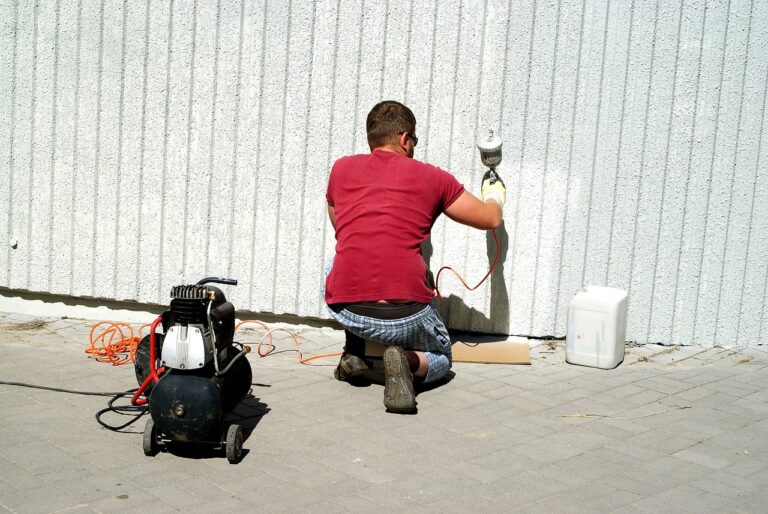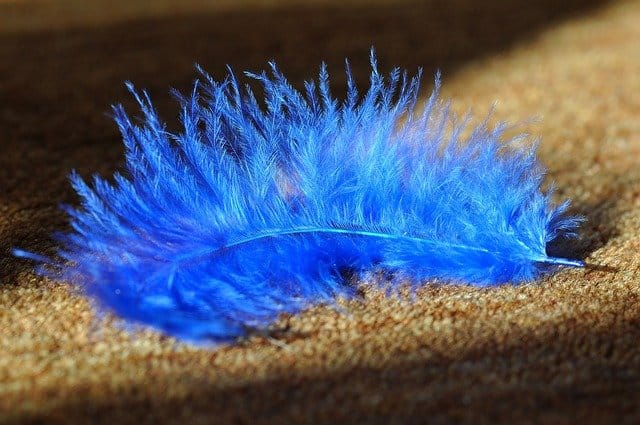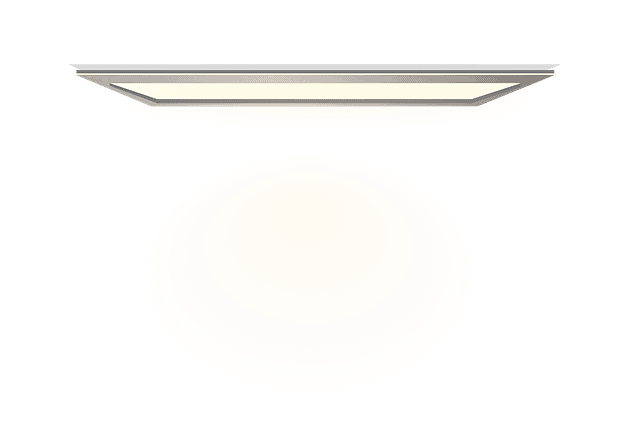How to Remove Paint from Plastic
Removing stains from plastic may be cumbersome especially when the wrong paint removal process is used. Usually, plastics are made of various material properties and strength. 
Therefore, the correct removal process should be selected to prevent surface damage during the entire cleaning process. Perhaps you are facing paint removal problems from plastics or wonder how to restore plastic painted surface.
Well, on how to remove paint from plastic. During the paint removal process, you can use isopropyl alcohol/rubbing alcohol, Acetone, heat gun, turpentine/ thinner, nail polish remover, commercial paint remover like WD-40, or even scrap it off with a putty knife.
Besides, you can opt for homemade paint removers like vinegar, dish soap/detergent with warm water, vegetable oil or use ammonium solution. Proper concentration and procedure should be followed to protect the plastic from damage and deformation of surface material during the paint removal process.
Details: How to Remove Paint from Plastic
a. Using Isotropic Alcohol/Rubbing alcohol
Items Needed
- Isopropyl Alcohol/Rubbing alcohol
- Warm water and a piece of cloth
- A paintbrush and soap detergent
- One empty bucket and a Vacuum Cleaner
- Protective gear – Respirator, eye goggles, overalls, boots, and gloves
Procedure
- Wear protective gear (Respirator, eye goggles, overalls, boots, and gloves)
- Using a vacuum cleaner, clean the floor near the stained section to eliminate debris and dust particles
- Appropriately, dilute isopropyl alcohol – follow the manufacturer’s instruction keenly during preparation
- To ascertain the effectiveness of the paint removal process over a given plastic surface – carry out a drop test experiment
- Upon success, apply isopropyl alcohol gently over the painted section and leave it for 5 to 10 minutes to quench completely
- Using a paintbrush, scrape off the paint debris gently and mop the surface using a piece of cloth soaked in soapy detergent – helps remove paint traces and remains on isopropyl alcohol from the surface
- Rinse the surface to dryness using a clean wet cloth
Isopropyl alcohol is best used overall on plastic surfaces. A thick paint layer requires a higher concentration of isopropyl alcohol for effective removal.
The solvent works by breaking down the paint into a thick fluid that is more comfortable to clean. You can use this method to remove either oil-based paint or water-based paint from the plastic surface.
b. Using Acetone
Items Needed
- A Commercial Acetone – buy from amazon
- A paint scraper and soapy detergent
- Vacuum cleaner and a piece of cloth
- Warm water and two buckets
- Protective gear – respirator, gloves, dust coat, and facemask
Procedure
- Wear protective attire – facemask, respirator, eye goggles, gloves, and dust coat
- Vacuum the paint-stained area using a vacuum cleaner to eliminate debris and dust particles over the painted surface
- Dilute the acetone sufficiently according to instructions given by the manufacturer – the concentration is a function of paint layer thickness
- Carry out a drop experiment over the paint surface to ascertain the efficiency of the paint removal before the actual application
- Gently, apply acetone solvent over the paint-stained area (cover entirely) and leave it to cure/quench for about 10 minutes – the time may differ slightly according to the paint thickness
- Scrap off the paint layer gently (avoid damaging primary surface layer) using a putty knife, paintbrush, or a paint scraper
- Clean the surface with warm water and soapy detergent to remove paint debris and traces of acetone from the surface
- Then, wipe the surface to dryness with a clean piece of cloth
Acetone breaks down paint molecules into a simple viscous liquid that is easier to clean/remove with a paintbrush.
Acetone is suitable for use when removing either oil-based paint or water-based paint. Excess acetone concentration may damage the plastic – a drop test experiment is important.
c. Using Heat Gun
Items Needed
- A heat gun and paint scraper
- Soapy detergent and warm water
- Power source and an empty bucket
- A paintbrush and Protective gear
- Waterpoint and a vacuum cleaner
Procedure
- Wear appropriate protective gear – overall, boots, eye goggles, and gloves
- Vacuum the paint-stained area to remove dust particles around
- Connect the heat gun to the power source and set the right parameters for light heating
- Gently heat the paint-stained surface until the entire paint layer get broken down sufficiently
- Scrap off the paint debris with a paintbrush and mop the surface with a piece of cloth and warm water.
- Rinse the surface to dryness with a piece of cloth
A heat gun is suitable for thermoset plastics with a thick paint layer. You can either clean oil-based paint or water-based paint with this method.
Light plastic paint removal should be carried out using other options to avoid damaging the primary surface. See Also: Deck Sealer for Pressure Treated Wood.
d. Scrap Off with Putty Knife
Items Needed
- A Putty knife or paint scrapper
- Clean water and Soapy detergent
- A piece of cloth and Vacuum cleaner
- Empty bucket and water point
- Protective gear and a paintbrush
Steps to Follow
- Put on protective gear – dust coat, goggles, facemask, respirator, and gloves
- Gently, vacuum area around the paint stain to remove dust particles and debris
- Using a clean piece of cloth, apply soapy detergent over the surface and leave the stained area for 5 to 10 minutes to quench
- Gently scrape off cured paint layer using a putty knife – be careful not to damage the primary plastic surface
- Soak a piece of cloth in soapy water and clean the surface to remove paint debris
- Then, rinse the plastic surface to dryness with a piece of cloth and clean water
By using this method, you will remove acrylic paint or latex paint excellently without any problem. Dried thick paint requires sufficient quenching while a thin paint layer may be cumbersome to peel off during the removal process.
e. Using Commercial paint Stripper – WD-40
Items Needed
- A Commercial paint Stripper – WD-40 from amazon
- A paintbrush and Soapy detergent
- A vacuum cleaner and a piece of cloth – clean
- Empty bucket and Paint Scrapper
- Protective gear – facemask, gloves, respirator, overall, and boots
Procedure
- Put on protective gear – gloves, respirator. goggles, overall, and boots
- Vacuum the paint-stained area gently to remove dust particles and debris – they lower solvent action during the paint removal process.
- Dilute the commercial paint stripper (WD-40) as per the manufacturer’s instructions
- Then, carry out a drop/spot test experiment over the paint-stained area to ascertain paint removal action
- Apply the solvent entirely over the painted surface and leave it to quench for 4-8 minutes. Be keen to check on the manufacturer’s labels and use directions. You can spray over the painted surface if the solvent is packed in pressurized form
- Gently, wipe-off the paint remains using a paintbrush or a piece of cloth
- Mop the surface with soapy water to remove paint debris and eliminate traces of WD-40 from the plastic.
- Then, rinse the surface to dryness with a piece of cloth and clean water
Commercial Paint Stripper contains a chemical compound that breaks down the paint molecular structure into a thick viscous fluid that is more comfortable to remove using a paintbrush.
NB: Always consider the type of paint under paint removal (is it water-based or oil-based?) before making your purchase order. See Also: Deck Stain for Pressure Treated Wood.
f. Using Turpentine or Thinner
Items Needed
- Turpentine or paint thinner
- Soapy detergent and water point
- A vacuum cleaner and a paintbrush
- A piece of cloth and an empty bucket
- A paint scraper or a putty knife
- Protective attire – respirator, facemask, eye goggles, gloves, and dust coat
Procedure
- Put on proper protective gear – goggles, respirator, facemask, dust coat, and gloves
- Gently, vacuum the painted surface to remove surface debris and dust particles using a vacuum cleaner or alternatively sweep – fo0r dried paint
- Prepare turpentine (thinner) according to instructions given by the manufacturer
- Test the surface by used of a drop test experiment to ascertain the suitability of the solvent removal action
- Apply turpentine entirely over the painted surface (paint-stained section) and leave it for 8-13 minutes to cure or otherwise stated on the manufacturer’s labels
- Gently, wipe/scrap-off the quenched paint using a scraper or a paintbrush
- Mop the surface with soap and warm water to remove paint debris and turpentine/thinner traces from the plastic surface.
- Then, rinse the surface to dryness with a wet piece of cloth.
Turpentine contains ingredients that aid in paint breakdown. The method is suitable for latex or acrylic paint removal. NB: Turpentine may irritate your skin upon contact or irritate your nasal cavity – you should handle it with care.
What are Alternative Homemade Paint Remover for Plastic
Utilizing homemade paint remover, as your alternative will not only saves on costs but also reduce hassles associated with immediate order in case of wet paint staining. Consider some of these paint removers as alternatives.
1. Dish Soap and Warm Water
Dish soap contains a chemical compound that breaks down paint bonds (upon application) to form a thick viscous liquid that is more comfortable to clean using a paintbrush.
Dilute dish soap slightly using water to apply over the paint-stained surface. Leave the solvent to cure for 10-15 minutes.
Then scrap of the paint using a putty knife gently to remove paint debris before mopping the surface with soapy water to clean paint remain and traces of dish soap.
When using dish soap, you must wear proper protective gear (eye protection, gloves, and dust coat) to prevent health hazards. Dish soap is best when using to clean wet paint and latex paint.
2. Using Vinegar
Vinegar is suitable for both acrylic and latex paint removal process. The chemical components break down the paint molecular structure (wet or dried) to form a thick liquid that is more comfortable to clean.
Dilute vinegar to form a suitable solvent (tested via a drop test experiment) and apply over the paint-stained surface and leave it for 5 to 10 minutes to cure. Using a scraper, gently remove paint from the plastic surface and scrub of paint debris with a paintbrush.
Further, clean the surface with soap and water to remove remained paint and vinegar traces from the plastic surface. Eventually, rinse the surface with a clean piece of cloth to dryness.
NB: Over dilution of vinegar may reduce removal efficiency.
3. Using Ammonia Solution
Prepare the ammonium solution (dilute) and apply it over the paint-stained plastic surface. Leave the surface to cure for 1o minutes. Scrap the cured paint using a blunt putty knife gently and wipe the surface using a paintbrush.
Wash the surface with plenty of clean warm water to remove ammonium traces and paint remains. Ammonium solution contains active ingredients that act instantly and breakdown paint molecular structure, which is more comfortable to clean.
NB: Ammonium solution emits fumes that may irritate your respiratory system when inhaled or get onto your skin.
4. Using Vegetable Oil
Vegetable oil works for both oil-oil-based and water-based paint by breaking the paint molecules into a thick fluid, which is more comfortable to remove with a paintbrush or scrapper.
Apply vegetable oil over the paint stain and leave it for 5 minutes. Using a piece of clothes, rub gently to remove the cured paint. Repeat the process until the entire paint is completely removed.
Wash the surface with soapy clean water and a piece of cloth to remove paint debris and oil traces entirely. Finally, rinse the plastic surface to dryness with a clean piece of clothing.
Vegetable oil is best suited for wet paint stain removal. Though you can clean dried paint, the removal efficiency may not be that nice as compared to other methods.
5. Using White Spirit
Dilute white spirit sufficiently and apply over the paint-stained section. Leave the paint to cure for about 10 minutes or so. Scrap-off the paint gently using a blunt knife or paint scraper to remove cured paint.
For wet paint, you can clean directly without waiting for cure time (the white spirit acts instantly on wet paint stain). Further, wipe the surface with a piece of clothes or a paintbrush before cleaning with soapy water to remove traces of white spirit from the surface.
Rinse the surface with a clean piece of cloth to dryness. Notably, the white spirit is suitable for both water-based paint and oil-based-paint.
Precautions and Safety Measures When Removing Paint from Plastic
When carrying out the paint removal process from a plastic surface, follow the following precaution and safety measures strictly:
- Avoid smelling paint remover directly – some contain fumes that may irritate your nasal cavity when inhaled.
- Always ascertain solvent action over a given surface by performing a drop test experiment before the actual application.
- Wear protective gear always when removing paint from plastic – overall, gloves, goggles, boots, respirator, and facemask.
- Before purchasing paint removers, check the type of paint applied on the plastic surface (whether oil-based or water-based paint). Water-based paint should be removed using water-based paint removers and vice versa.
- All stain removers should be kept away from kids and pets to avoid any intoxication – if swallowed or inhaled.
- In case you get into contact with paint stain remover, wash the area with plenty of water and soap.
- Don’t use flammable paint remover near fireplace or kitchen at all – may cause a fire outbreak.
- During the paint preparation process, always follow instructions given by the manufacturer or otherwise state in this article.
- Consider using a professional paint stain remover if you are not conversant with the process to follow.
Conclusion
Having read the article on how to remove paint from plastic, I believe you have acquired quality information that will aid you in the excellent removal of fresh and dried paint from various plastic surfaces.
You can either choose to use isopropyl alcohol/rubbing alcohol, nail polish remover, Acetone, heat gun, commercial paint remover like WD-40, turpentine/thinner, or even scrap it off during the paint removal process.
Besides, you can consider alternative homemade methods such as vinegar, dish soap/detergent with warm water, vegetable oil or use ammonium solution, which works effectively when removing paint. However, proper procedure and safety measures should be adhered to and avoid excessive concentration when preparing the solvents.
